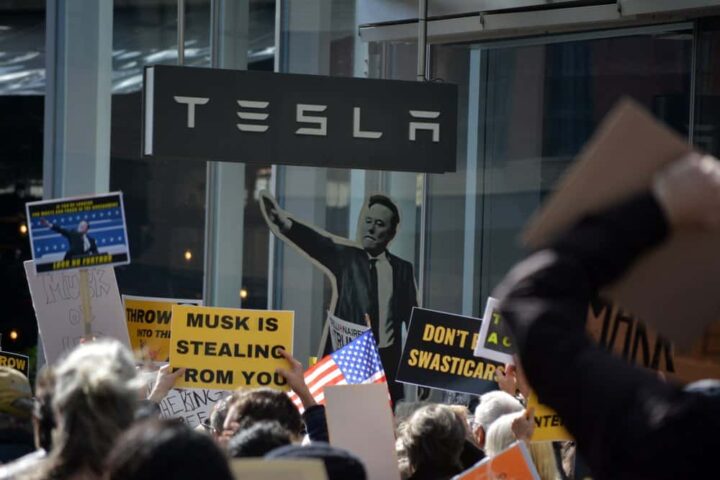By Fiona Mullen
Â
In an article published in January, I asked whether the
According to the full breakdown of figures published by the Statistical Service, Cystat, on Friday, the economy does seem to be decoupling from tourism. In the first quarter of 2007, gross domestic product (GDP) grew in real terms by 3.8% compared with the first quarter of 2006 on a seasonally adjusted basis. In the same period, however, tourism arrivals fell by 3.9%.
In 2002-03, when tourism arrivals fell by an average 7.5%, real GDP growth dipped to average just 1.9%, compared with 3.8% in the previous two years.
The same pattern does not appear to be repeating itself this year.
Â
— What is driving growth?
Â
If economic growth is decoupling from tourism, now is the time to ask if such growth is sustainable.
Clues to this answer lie in what actually drove growth in the first quarter of 2007. Looking at GDP by sector, one sector that rose faster than average was “wholesale and retail trade; hotels and restaurants; and transport, storage and communicationâ€, which rose by 4.1%. This is rather a large sector which was probably driven by car sales, as we shall see.
The main sector that rose faster than overall GDP in the first quarter was “financial intermediation, real estate, rental and business activitiesâ€, which rose by 6.0%.
This is also a large sector that encompasses bank lending, property sales and general businesses. For reasons explained below, the main driver of growth here was probably bank lending.
Â
— The car-loan economy
Â
Looking at GDP by expenditure, it is clear that the main driver of growth was “gross capital formationâ€, which comprises fixed investment (normally in things like machinery) and stocks.
This category rose in real terms by a fast 14.8% year on year in the first quarter of 2007 compared with overall GDP growth of 3.8%. This, in turn, was partly driven by a very large increase in transport equipment investment, up by 28%.
Normally, and in an industry-led economy, this would be good news. It would mean that businesses are investing in new technologies. However, in
First, this is simply “bounce-back growth†from a low baseline in the first quarter of 2006, when investment in transport equipment fell by 6.6%.
Second, it looks like this “investment†is simply businesses taking advantage of the tax-cuts to buy new cars. In the first two months of 2007, imports of passenger motor vehicles rose by 47% (in
Cars bought by businesses count as investment, whereas cars bought by individuals count as consumer spending.
Cars sales by individuals are also booming (up 32% in January-April), which explains why household consumption was up 5.6% in the first quarter.
And how are these car purchases being funded? With bank loans.
Bank lending has not only been increasing, it has been increasing at a faster pace.
The Central Bank of
For a year-on-year growth rate of 6.4% in January 2006, bank lending had accelerated to growth of 19.5% by March 2007.
Foreign borrowing, mainly in euros, has risen very dramatically, by 54.1% in March 2007 and by 53.3% on average since January 2006.
Â
— Can it last?
Â
This leads us to the question of whether this kind of growth rate will last. And the answer is that it may well do, but for all the wrong reasons.
As we have seen, growth in the first quarter appears to have been driven primarily by car sales, which in turn were driven by strong bank lending.
Bank lending growth will dip significantly only if bank profits suffer or if interest rates rise sharply. The first seems unlikely in the current climate, with healthy bank profits forecast for this year. The second is also unlikely to happen, though here the outlook is less certain.
Adoption of the euro in January 2008 is now a near certainty and if the European Central Bank does not raise rates again this year, the base rate in
The
Bank lending rates could fall even further as banks realise that customers can quickly compare the rates on car and housing loans in
Even if continued growth in lending leads to a bubble in
Just as in other small eurozone states, therefore, interest rates are likely to be lower in
This is also why the housing market in
The average house price in
According to dinner-table theory, this cannot last because property prices are already beyond the reach of the average consumer.
But remember that the
And remember too, that every time house prices seem to reach a peak, something happens to keep the market going. Banks offer longer-term loans (in the
One way or another, the market adjusts, people panic that they will never be able to get on the housing ladder, so beg and borrow to do so.
That doesn’t mean that the housing and credit-led growth we shall see will be healthy. Sooner or later
But it could be many many years before we actually get to that stage.
Â
— Watch those bonds
Â
The only caveat to this analysis is that bank lending conditions could in fact get tougher.
Last week there was a rout in the
But if it does, then borrowing costs for everyone, including Cypriot banks and Cypriot borrowers, will rise and could snuff out the beginnings of a long, credit-driven boom.
Â
—
Â
The first-quarter growth rate of 3.8% was even higher than the flash estimate of 3.5% (seasonally adjusted) or 3.7% (not seasonally adjusted) produced by Cystat for the first time in May.
Only 13 of the 27 member states produce flash estimates, with absentees including most new members plus a string of old members states such as Denmark, Finland, Greece, Ireland, Luxembourg and Sweden.Â
Â







